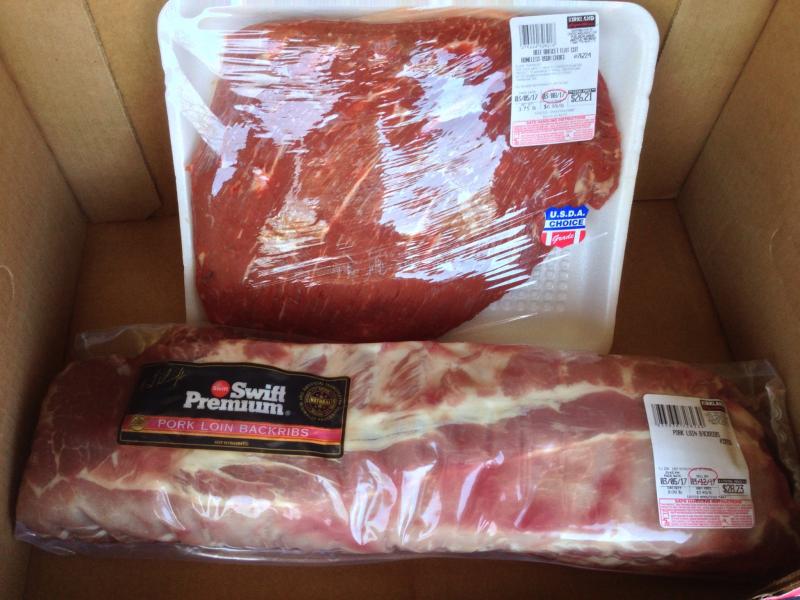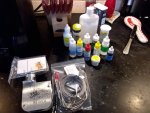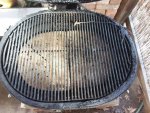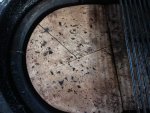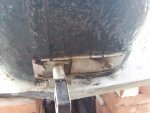Re: Official 2017 BBQ, Smoking, Grilling, Baking and Beer thread
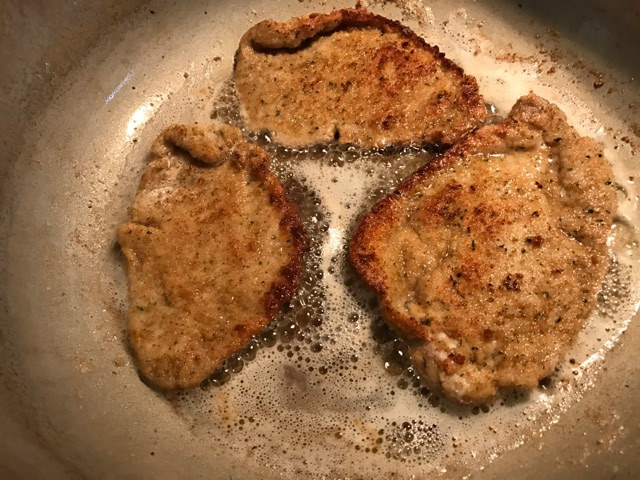
Tonight's meal.........pork cutlets.

Tonight's meal.........pork cutlets.

Looks delicious. After all these years I still have have never tried making a brisket. I keep reading how they're so easy to mess up. Since you have not shared that app where I can just reach in and grab some, I guess I just need to bite the bullet and give it a try. Any advice?
Sent from my iPhone using Tapatalk
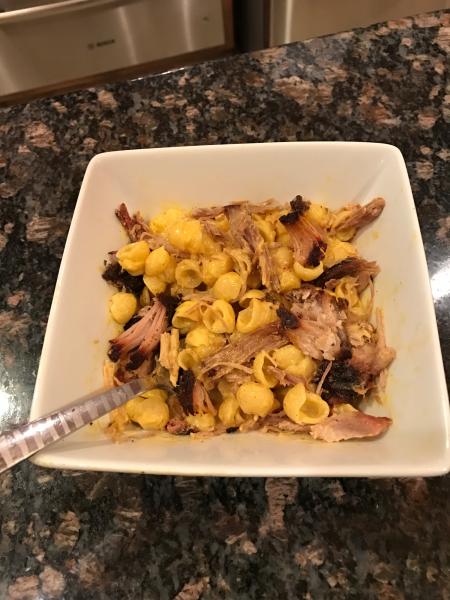

Yes, it is easy to screw up and I have screwed it up badly at times....I think there's as much advice on how to cook brisket as there is on how to be successfully married....and none of it is really all that good.
Here are my thoughts on it (brisket, not marriage) and you can pick and choose what you think will work.
1. I'm not a huge fan of whole briskets, i.e., brisket is composed of "the flat" (the larger thinner part) and "the point" (a smaller and thicker triangular piece). The flat and point are connected to one another through a layer of mediating fat. If you buy a whole brisket it is a giant gob of meat and fat and you need to trim it to get off a good portion of the fat as it is essentially useless and will just start an oven fire. Since you have to trim so much of it anyway, I say buy the piece you want and let someone else do the work. Marbling of the meat is desirable.
2. That said, I prefer the flat. The flat is a thinner piece of meat, usually left with a layer of fat on one side (trimmed down to about 1/8" or so) and is fairly uniform in thickness. I take the flat and I wail on it with my OXO pin tenderizer....I put so many tiny holes in it, you can practically use it as strainer. That to me, this is a piece of meat ready for the grille.
3. Seasoning - this is where I think simple is better. I've gone as light as nothing more than a little bit of course salt and ground pepper. However, Mr Stubbs beef rub is a pretty good mix too. I would just say this - keep it light and simple or else you'll get too many competing flavors.
4. Fat up or fat down??? This is where you'll get grille heads who will literally come to blows and start a riot if you choose incorrectly. To me, it all depends; to others, their family honor and dignity rest upon it. I almost always do fat down BUT that's because I have a ceramic baffle in The Egg (called the plate setter) that produces indirect heat AND I use a spritz of juice to keep the meat moist. If you don't do it that way, then I think you have to do it fat side up.
5. Temperature - LOOOOOOOOOOOW AND SLOOOOOOOOOOOW. You can not, I repeat, CAN NOT cook brisket fast. If you do, you will essentially create a bullet-proof insert for a Kevlar vest. 220F to 240F MAX! And, for good measure, you really want indirect heat. If your smoker can maintain 220F consistently, then that's what you want. In order to do that with the juice-spritz method, I let my smoker ride at 235F so when I open it up to spritz, the temp doesn't usually fall below 220F.
6. Time - As long as it darn well pleases! Consider yourself as "staff" to the brisket - it commands you, not the other way around. If you do not have a day to dedicate to sitting by your smoker and reading poetry to your brisket, then don't even bother. You may vacuum the pool and skim leaves but only if you remain in sight of the smoker. If your wife is the jealous type, you may want to send her to her mother's house for the day.
7. Internal temperature - brisket is done when it hits 195F to 200F, no more in my opinion.
8. Method - I like the partial Texas crutch method. In this method you start the brisket out in the smoker all by itself with a internal temperature probe. You cook it this way from room temp all the way up to 165F-170F (it takes a loooong time to get to 165F as you will plateau several times during the cooking). Every 10 degrees or 30mins (which ever happens sooner), you open the smoker (quickly, no fawning) and you spray the surface of the beef with apple juice from a spray bottle. Three or four quick spritzes is all it needs to wet the meat. Then close the lid. Some people will substitute different mixtures of juices for apple juice, like cider vinegar & oil or simple mixes like sugar and water (I read where one person used coconut water???)....I like apple juice because it has maleic acid in it which will help to degrade the proteins in the meat and lots of natural sugar. When the meat reaches an internal temperature of 165F, here comes the crutch!
9. The Crutch - Using two large pieces of thick aluminum foil, pull the meat out of the smoker and wrap it up tight. Leave as few air pockets as possible. I've seen people go to the extreme and use a layer of high temperature plastic wrap first that almost acts like a shrink wrap and then foil. Foil is fine in my opinion as long as you can get the air space out and make sure there are no leaks near the temperature probe. The purpose of the foil is to keep the moisture in and not let it escape. You also don't want the meat to sit in a pool of liquid which is why you want the wrap, or crutch, as close to the surface as possible. Once wrapped up, put the meat back into the smoker to finish it. People at this point will often take the wrap to an oven in the house and finish it there as there is really no point to the smoker - all the smoke flavor you're going to get is in the meat by now, once wrapped, there's no smoke getting to it.
10. When it reaches 195F, pull the wrapped brisket out of the smoker and leave it foil covered for 45mins to an hour to finish off. If you open it too soon, all of the moisture in the meat will evaporate away and it will get very dry. Some people even leave it longer to let it get to room temperature before opening it up as they will serve it with hot mop sauce or BBQ sauce.
Easy-peasy lemon-squeezy, amiright....

Thanks guys, I feel more confident to try it.....I need to get a plate setter, from what I understand the BGE plate setter will also fit my keg. I do have a heat deflector in there, but it's not made out of ceramic.
Sent from my iPhone using Tapatalk
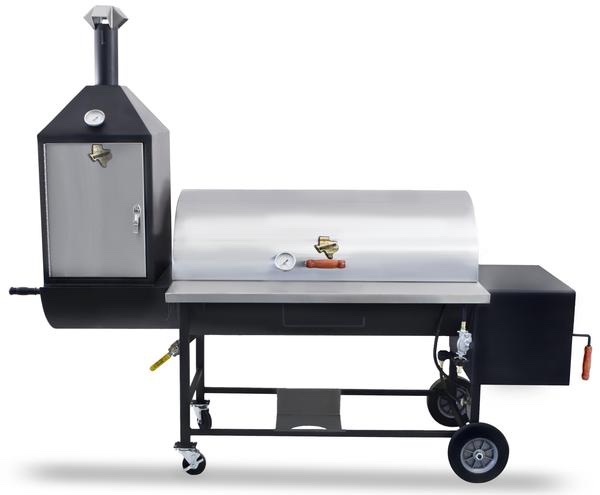

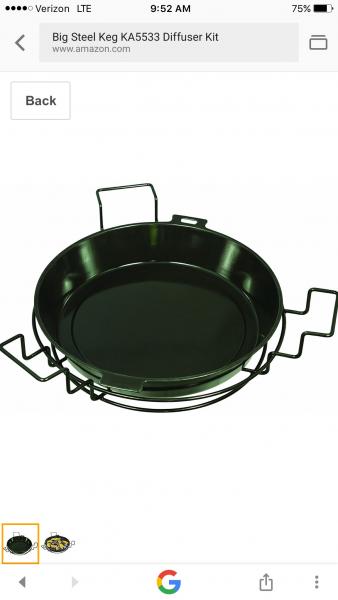
I don't know, it is hard to beat a ceramic smoker. Although that looks cool!
But, if you need a bigger smoker ...
The Worlds Largest BBQ Smoker Is for Sale in Brenham
View attachment 57626
Hmmmm...can I get it without the big rig? Diesel is pretty expensive...
THAT. IS. AWESOME!!!
You could smoke an entire herd of cows in there....
